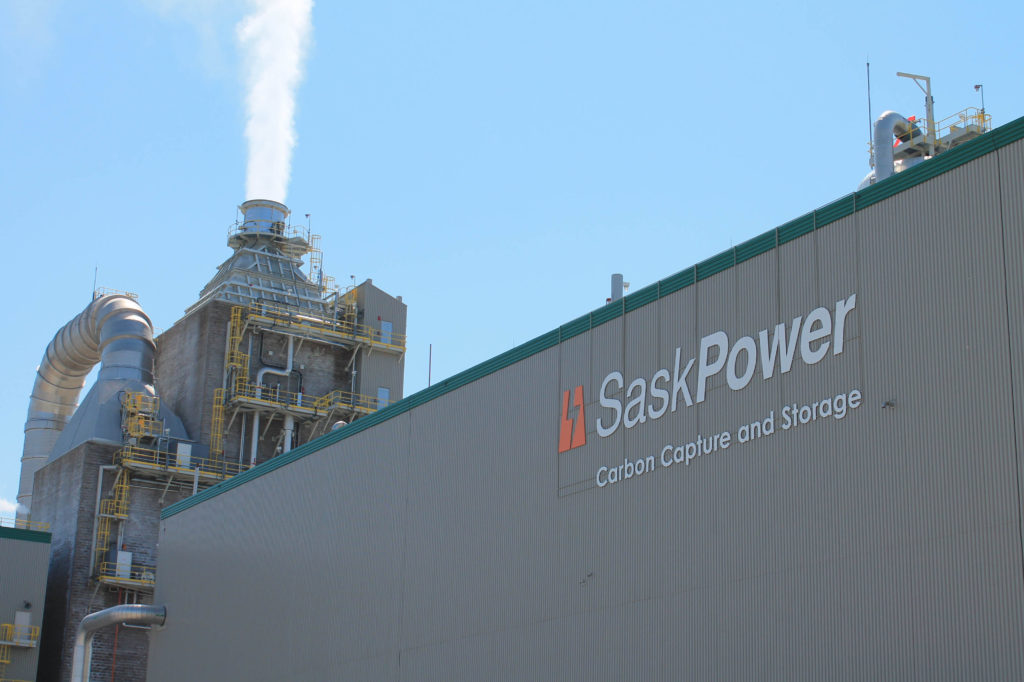Saskatchewan people are per capita the largest producers of climate changing greenhouse gases in Canada, and consequently nearing the top in the world. At the same time, the fertility of our agricultural lands is being degraded through large-field mono-cropping, over-tillage, and the heavy use of chemical fertilizers and pesticides. These current conventional agricultural practices play a significant role in the creation of greenhouse gases, and in the destruction of valuable carbon sinks.
Carbon sinks include the soil, pastures, wetlands, and forests. In a healthy condition, through photosynthesis these environments will naturally remove carbon dioxide from the atmosphere, convert it to carbon, and hold it in the plants, trees and soil. Carbon is essential for healthy plants and soil. The key is that these environments must be conserved and enhanced.
I think it would be transformative if the province took a more ecological and socio-economic perspective on the capture and storage of carbon. Its current Carbon Capture and Storage facility is expensive, and the carbon is used by Cenovus Energy to flush more oil from the ground and consequently add more carbon dioxide to the atmosphere. Instead, we should look at our soil, forest, and wetland resources in a different way. If we conserve and enhance them, rather than till, poison, clear-cut, and drain them, they will both remove carbon from the atmosphere, and retain valuable carbon in the soil and in trees and plants.
In the case of agriculture, there will have to be incentives. I propose that government develop contracts with farmers to sequester carbon. The amount of carbon sequestered can be measured, and the farmer would be paid based on the amount they have added and retained through more ecological practices. Farmers would also get the added advantage of healthier soil and healthier crops, which should improve productivity and income. We could look at Portugal’s soil carbon offsets program, begun in 2009, as a starting point. This program pays farmers for dry-land pasture improvement if they establish bio-diverse perennial grass/legume pastures to improve soil carbon and fertility, soil water holding capacity, and livestock productivity. The carbon sequestration part of this is one way in which Portugal is meeting its Kyoto Protocol commitments. The added advantage is that the new farm practices will result in more productive land and better bottom line for small farmers.
My proposal would go further than the Portugal example, to include improved forestry and wetland protections/programs. Of course, farmers, foresters and communities will require education and some convincing to change their practices. Financial incentives may be needed. Agri-business will lobby hard against such a program, seeing it as a threat to profits, since the chemicals it sells are incompatible with effective carbon capture and a healthy ecosystem. However, those farmers and foresters that do change would see considerable reward, and the rest of us could feel better about our reduced carbon footprint and much healthier environment.

